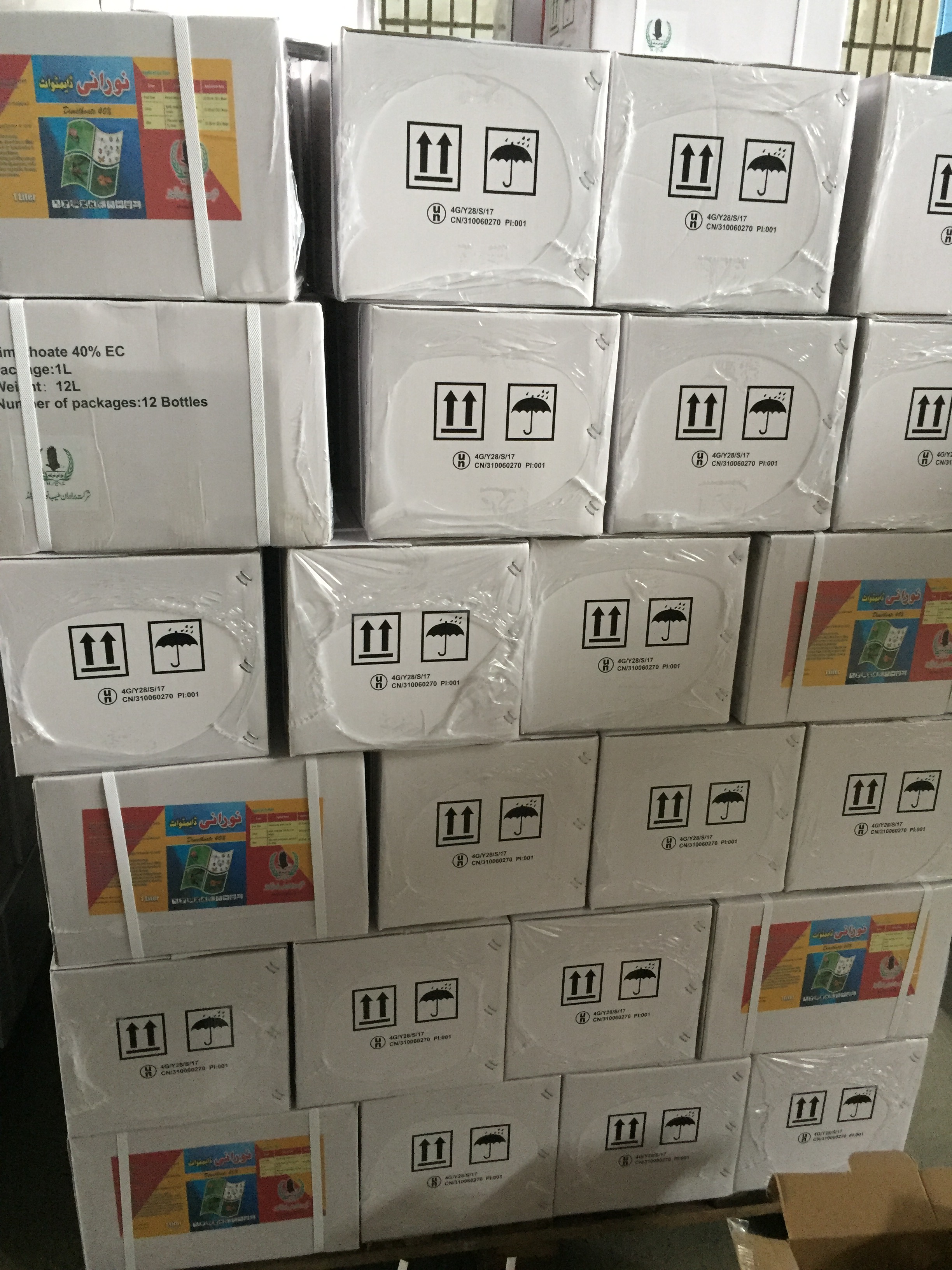Dimethoate: Understanding Its Impact on Bees, Ants, and Dosage
Dimethoate, a widely used insecticide, has garnered attention regarding its effects on crucial pollinators like bees and common pests such as ants. Understanding its chemical structure, dosage guidelines, and potential impact is essential for responsible pesticide application.
Does Dimethoate Kill Bees?
Dimethoate poses a significant risk to bees, as it is toxic to them upon contact or ingestion. The chemical disrupts their nervous system, leading to paralysis and eventual death. Bee populations worldwide face decline, emphasizing the importance of using pesticides with caution to safeguard these vital pollinators.
Does Dimethoate Affect Ants?
While dimethoate primarily targets insects like aphids, thrips, and mites, it can also harm ants if directly exposed. Ants may encounter dimethoate residues on foliage or soil, leading to adverse effects on their health and behavior. Consider alternative pest management strategies to minimize unintended consequences on beneficial insects like ants.
Dimethoate Dosage Guidelines
Proper dosage is crucial when using dimethoate to balance effective pest control with minimizing environmental impact. Follow label instructions meticulously to determine the appropriate concentration for your specific application. Overapplication can lead to residue buildup and increase the risk of harm to non-target organisms.
Chemical Structure of Dimethoate
Dimethoate, with the chemical name O,O-dimethyl S-methylcarbamoylmethyl phosphorodithioate, contains phosphorus and sulfur elements in its composition. Its molecular formula is C5H12NO3PS2, and it belongs to the organophosphate class of pesticides. Understanding its chemical structure aids in comprehending its mode of action and potential interactions within the environment.
Concentration of Dimethoate in Pesticide Formulations
Pesticide formulations containing dimethoate vary in concentration, typically ranging from 30% to 60%. Higher concentrations may offer increased efficacy against target pests but also elevate the risk of toxicity to non-target organisms and environmental persistence. Dilute solutions according to recommended rates to achieve optimal control while minimizing adverse effects.
Key Points to Remember
- Dimethoate is toxic to bees and can adversely affect ant populations.
- Adhere to recommended dosage guidelines to prevent overexposure and environmental contamination.
- Familiarize yourself with dimethoate’s chemical structure and concentration in pesticide formulations for informed decision-making.
- Prioritize the conservation of beneficial insects and overall environmental health when using pesticides.
In conclusion, while dimethoate serves as an effective tool for pest management, its usage demands careful consideration of its impact on non-target organisms and the ecosystem at large. By integrating sustainable practices and alternative approaches, we can mitigate the risks associated with pesticide application and promote ecological balance.
Post time: Mar-25-2024


